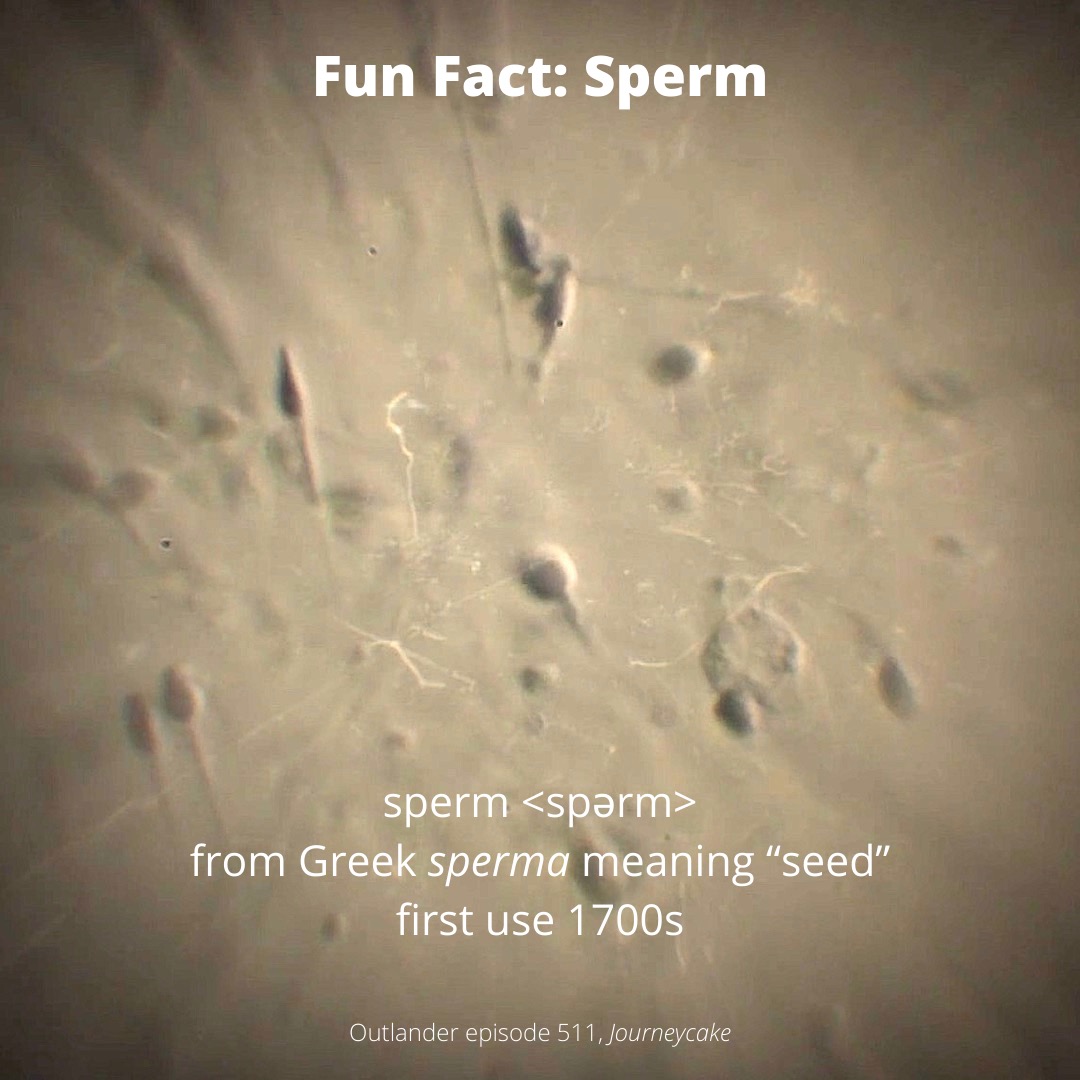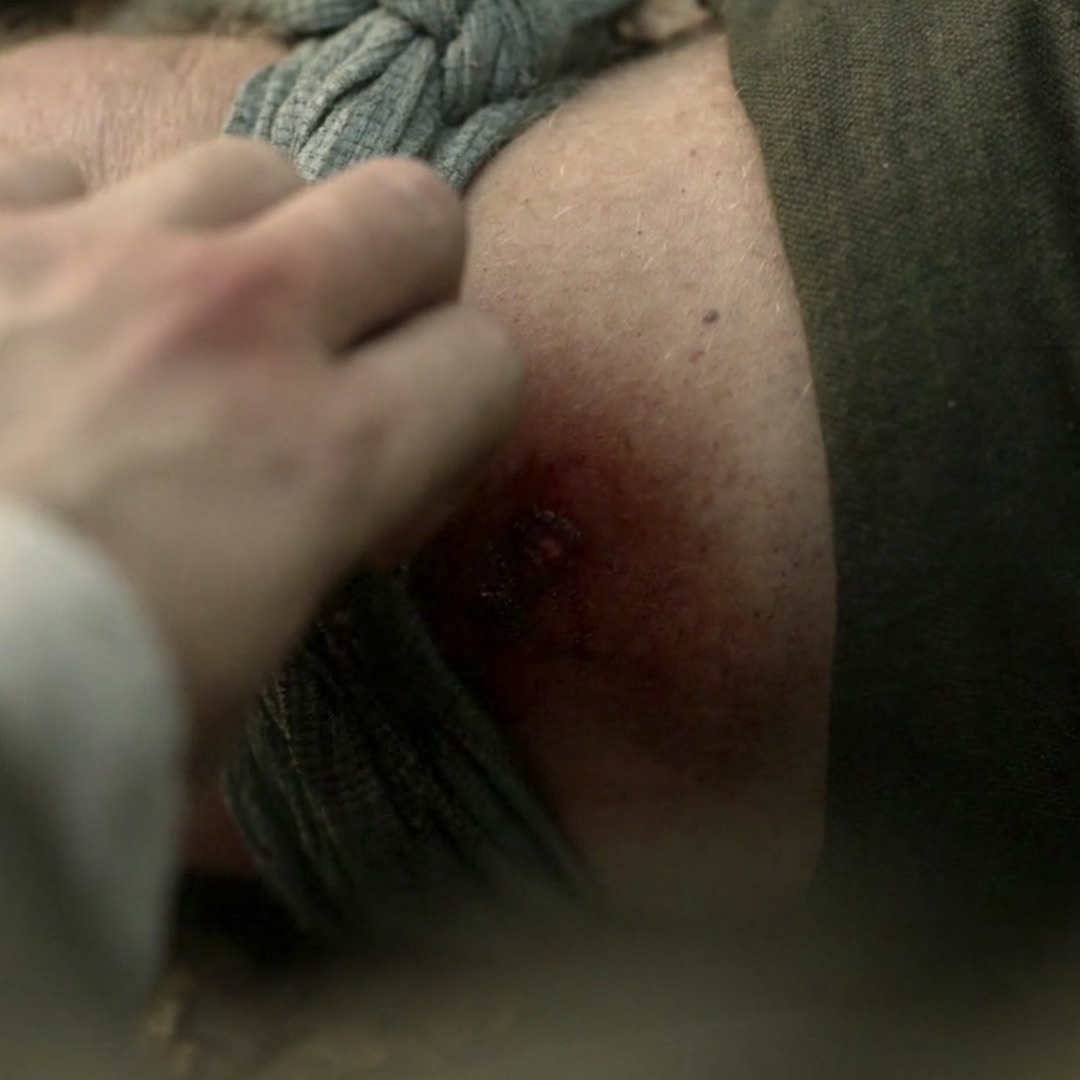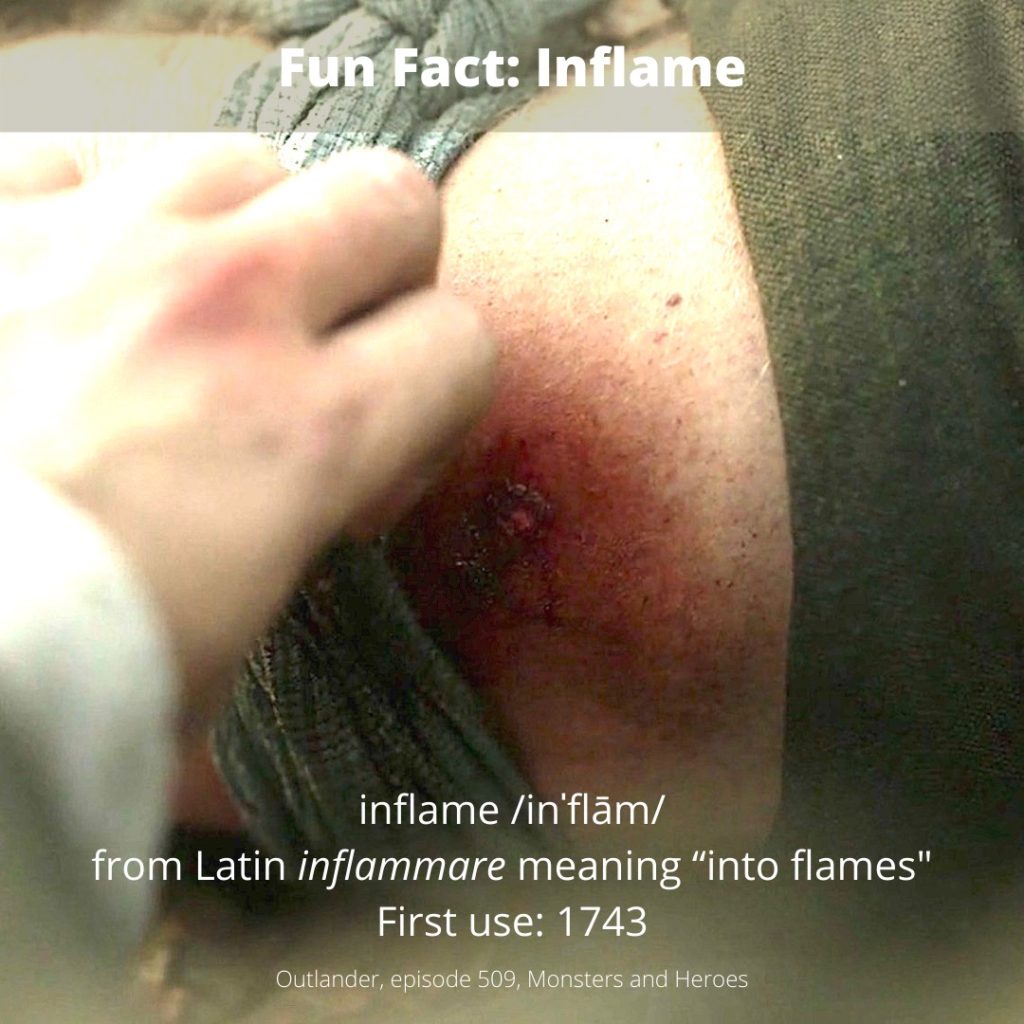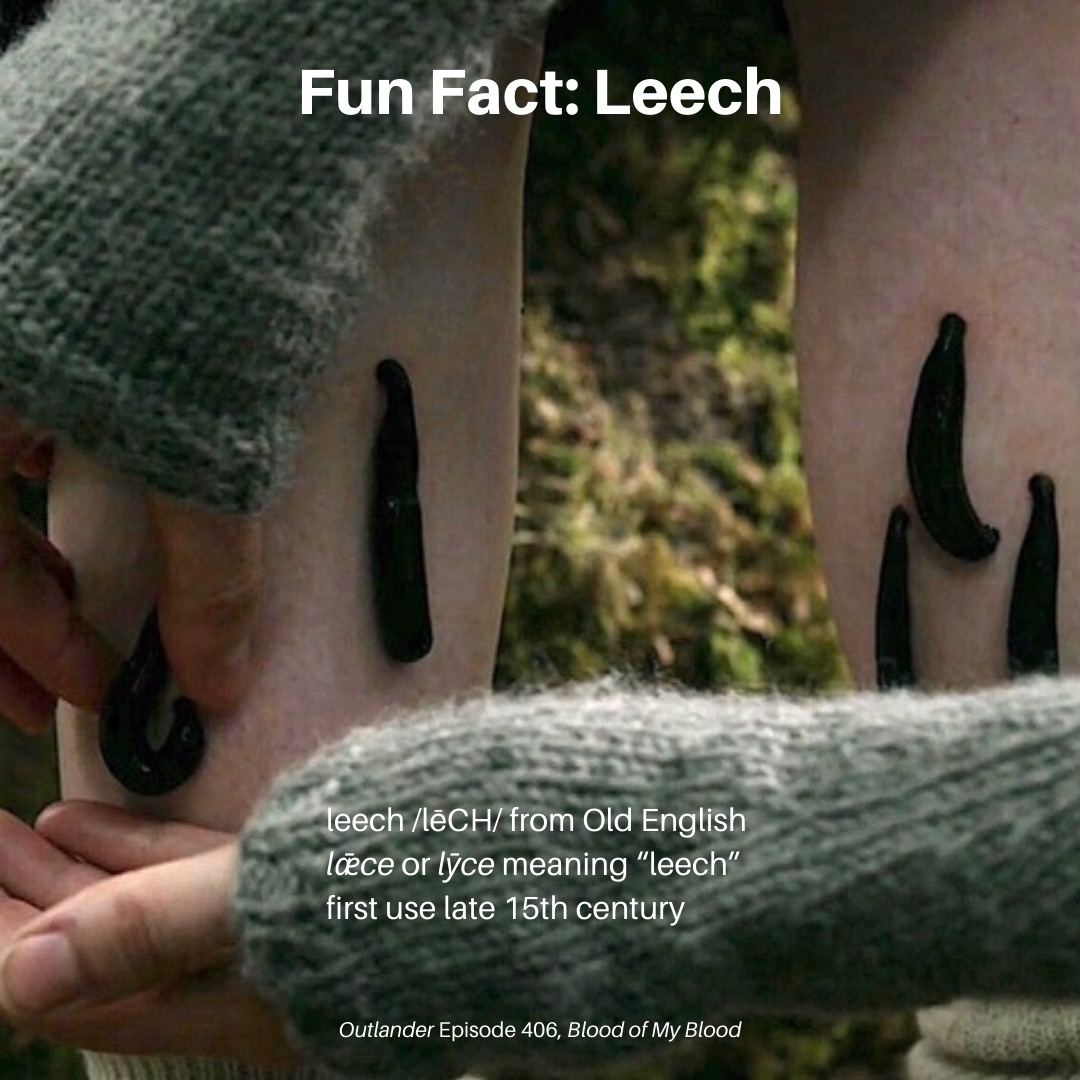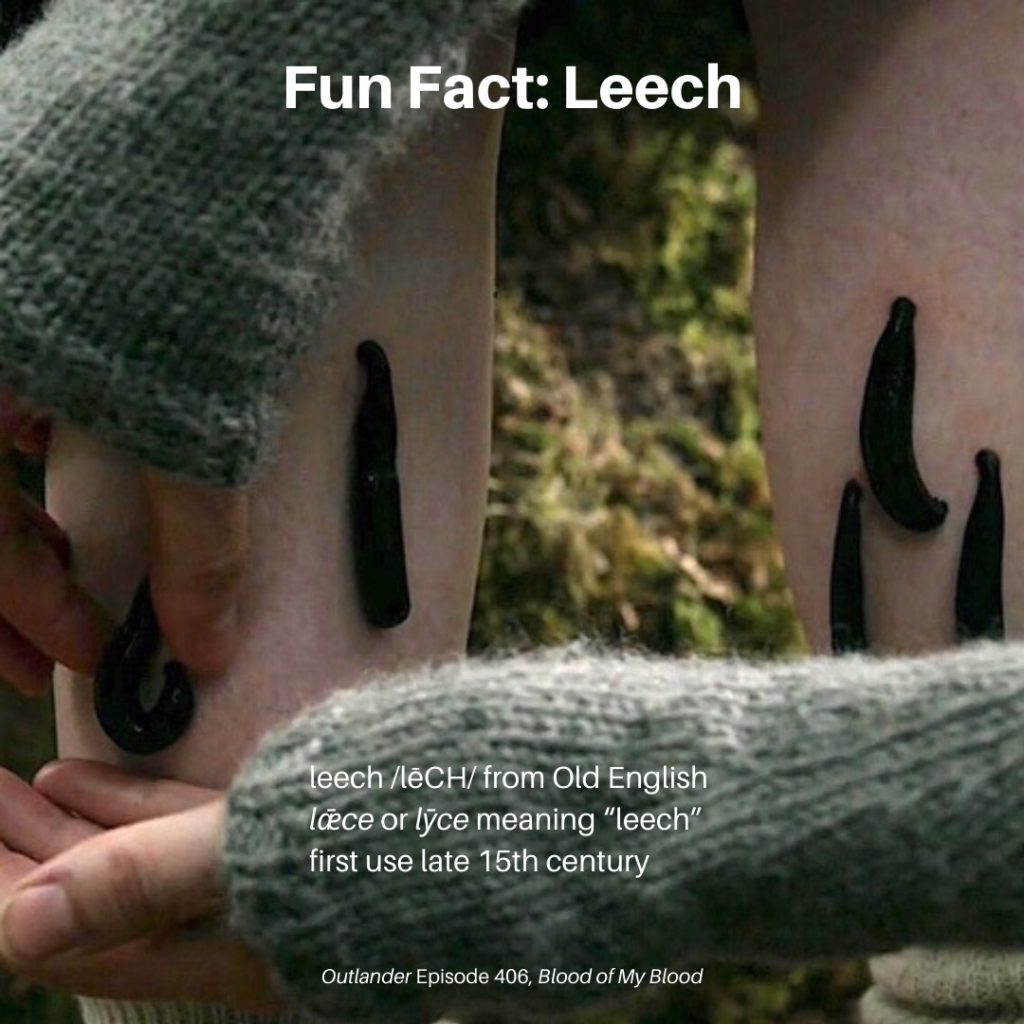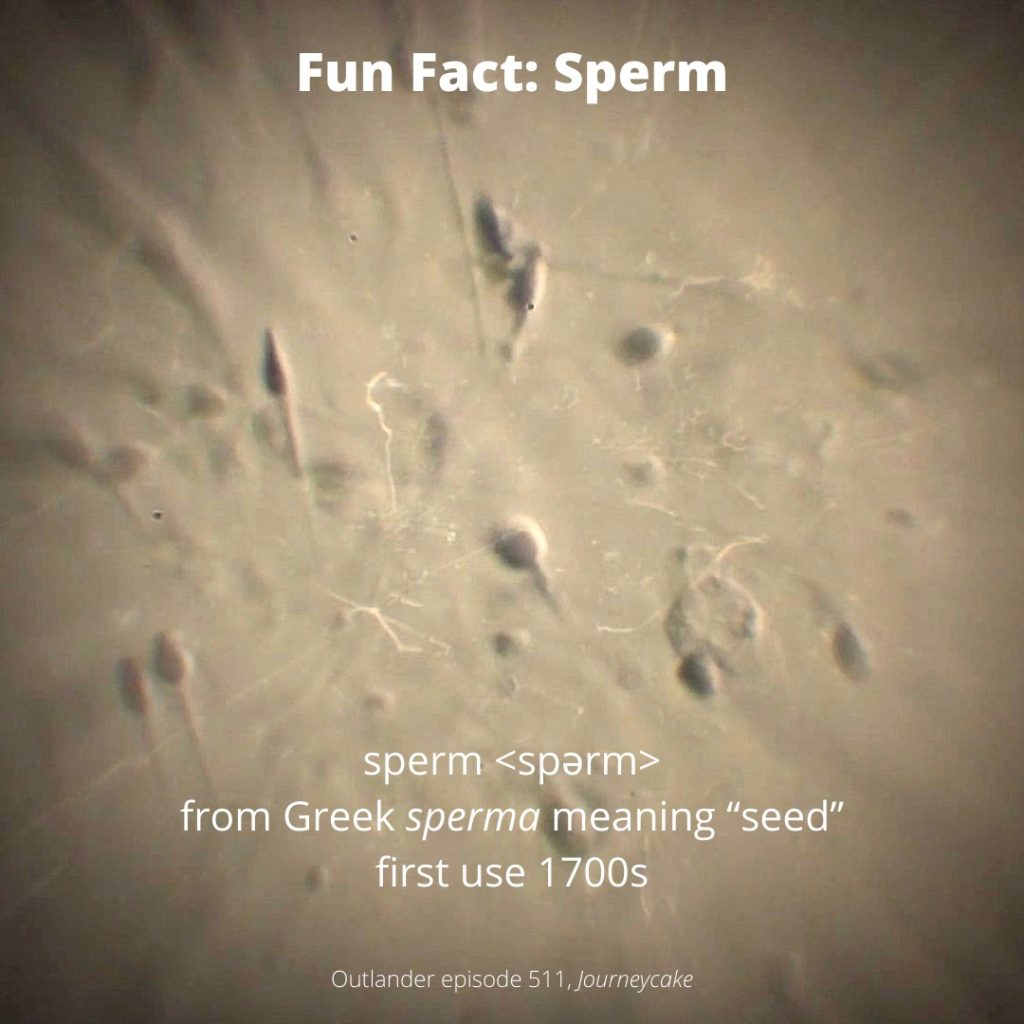
Anatomy Def: Sperm is the male reproductive cell (gamete or spermatozoan).
Outlander Def: Wee toothless strivers with handsomely, thrashing tails! 😉
Hallo, anatomy students! 🤗
At this point in a Fun Fact, I typically provide a link to a prior anatomy lesson. Not here, because I have not written an Outlander Anatomy lesson about sperm. However, I have taught many lectures on this topic to medical students. I have also provide many links in this FF in the event you want to learn more! 🧐
So, time for a quick mini-lesson on these amazing cells. I am sure most of you learned this stuff in prior biology classes, but a short review doesna hurt!
History: Dutch scientist, Antonie van Leeuwenhoek (1677), was the first to observe sperms using a primitive microscope (read more about Antonie and microscopes in Anatomy Lesson #37) . He described sperms as “animalcules” (little animals), reasoning that each sperm contained a fully formed but very wee human.
Erm….not quite right, Antonie! 😜
Semen: Some dictionaries state that sperms are semen, but I prefer a more nuanced definition: semen is the complex ejaculated fluid containing sperms plus an array of other products provided by accessory male sex organs (seminal vesicles, prostate, bulbourethral glands).
Size: Human sperm are much smaller than the female sex cell (ovum), a difference known as anisogamy. The ovum measures 0.1 mm (.039 inches). One of the body’s largest cells, it can be seen with the naked eye! 👁 From “nose to toes” sperm are about 55 𝞵m (0.002 inches). Ergo, an ovum is 20x the size of a sperm! 😲
Little wonder Claires loves that new lens from Lord John??? 🔬
Structure: Human sperms are structurally very complex. Put simply, during development, they are pared down to essential bits, rendering them hydrodynamic. Each sperm three main parts👇🏻:
-
- Head – nucleus and acrosome
- Nucleus – contains condensed chromatin (DNA), which when combined with an ovum’s DNA, creates a zygote (fertilized cell)
- Acrosome – contains enzymes used to penetrate the ovum
- Middle piece – contains spiral array of mitochondria for energy
- Tail – a flagellum. One per sperm. This is a highly specialized structure that undergoes wave-like motions propelling it forward – it cannot “swim” backward! 🚫
- Head – nucleus and acrosome
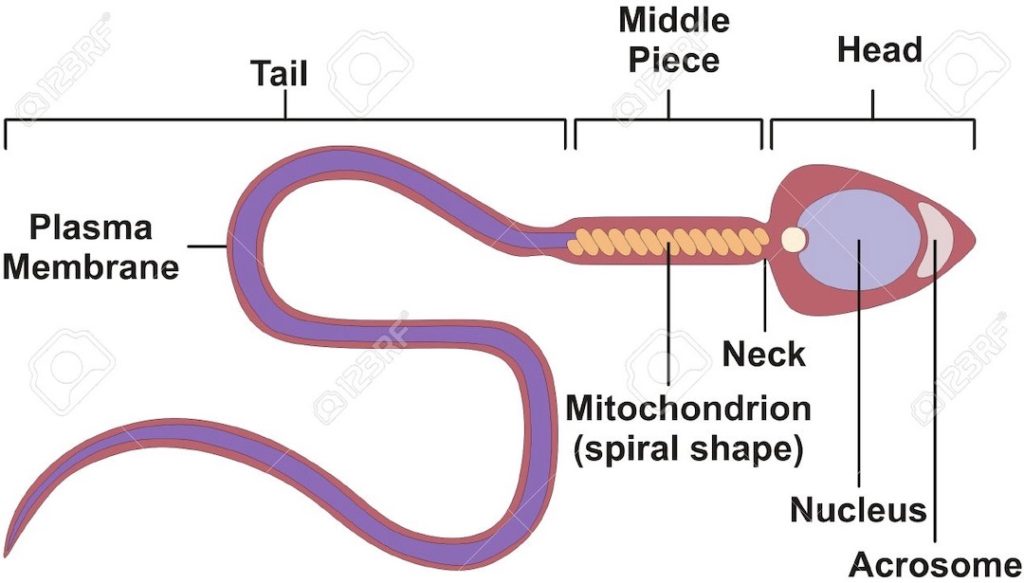
Fun Fact: Stop for a moment and look to the top 👆🏻 for Jamie’s view through the microscope! See that some of the sperm have round heads and others show a teardrop-shaped head. This is not abnormal. Rather, these are two different views of the head: round from a front view and pointed from a side view.
In my opinion, heads are shaped a bit like the primary hull (dish) of the Starship, Enterprise! Hah! 😜
Now, look at this Scanning electron microscope image 👇🏻, an instrument allowing one to observe structures in three dimensions. Here, one can see the head from various positions and understand the difference in appearance depends on angle of view.
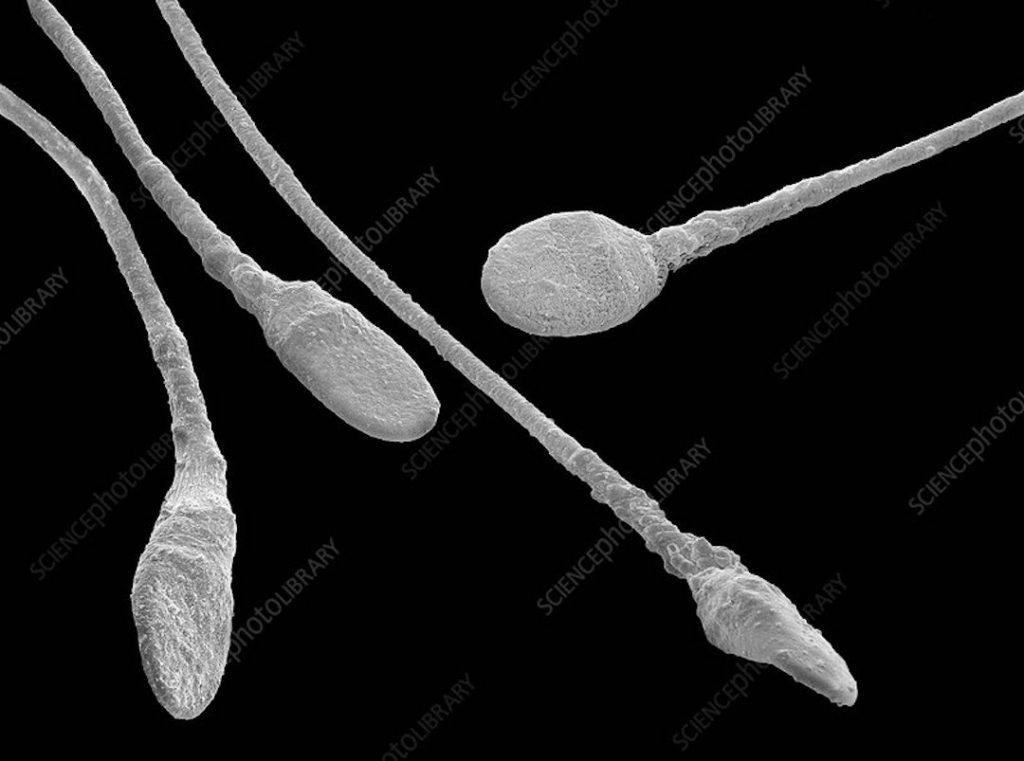
Longevity: This is a bit of a sticky wicket! Outside the human body, sperms die as soon as they dry out (They can be maintained for years in a frozen state).
However, in episode 511, Claire states that sperms can live up to a week if released into the “proper habitat.”
Now, most biologists agree that five days is considered the lifespan of sperms in the uterus. There is, however, a recent study (after Claire returned to Jamie) suggesting that sperms may survive longer than 10 days nestled in the folds of the cervical canal. However, this was a fertility study wherein females were plied with exogenous hormones which may influence outcome.
The truth is, the upper limit of sperm lifespan inside the female reproductive tract has yet to be determined, definitively. Stay tuned. Science marches on! 🤓
Fertility: A recent study screened 7,500 earlier studies evaluating sperm concentration and count. During this time period (1973-2011), men from Europe, North America, Australia, and New Zealand had a 52% decline in sperm concentration and a 59% decline in total sperm count! In contrast, no significant decline was found in men from Asia, South America, and Africa (of possible significance, there were fewer studies for analysis from these regions). Worryingly, the rate of decline in Western men did not appear to slow even when the analysis was limited to studies from 1996 to 2011. Not good news! 😱
Now, if you would like to see a video of the wee feisty swimmers and fertilization, try this link, an excellent combination of CGI and actual footage!
Read about the busy “wee strivers” in The Fiery Cross, a delightful ménage à trois involving Claire, Jamie, and Dr. Rawling’s microscope! 🤗
“Seeing things,” I said, adjusting the focus.
“Oh, aye? What sorts of things?” He came into the room, smiling. “Not ghosties, I trust. I will have had enough o’ those.”
“Come look,” I said, stepping back from the microscope. Mildly puzzled, he bent and peered through the eyepiece, screwing up his other eye in concentration.
He squinted for a moment, then gave an exclamation of pleased surprise.
“I see them! Wee things with tails, swimming all about!”
He straightened up, smiling at me with a look of delight, then bent at once to look again.
I felt a warm glow of pride in my new toy.
“Isn’t it marvelous?” “
Aye, marvelous,” he said, absorbed. “Look at them. Such busy wee strivers as they are, all pushing and writhing against one another—and such a mass of them!”
He watched for a few moments more, exclaiming under his breath, then straightened up, shaking his head in amazement.
“I’ve never seen such a thing, Sassenach. Ye’d told me about the germs, aye, but I never in life imagined them so! I thought they might have wee teeth, and they don’t—but I never kent they would have such handsome, lashing wee tails, or swim about in such numbers.”
“Well, some microorganisms do,” I said, moving to peer into the
eyepiece again myself. “These particular little beasts aren’t germs, though—they’re sperms.”
“They’re what?”
He looked quite blank.
“Sperms,” I said patiently. “Male reproductive cells. You know, what makes babies?”
I thought he might just possibly choke. His mouth opened, and a very pretty shade of rose suffused his countenance.
“Ye mean seed?” he croaked. “Spunk?” “
Well … yes.” Watching him narrowly, I poured steaming tea into a clean beaker and handed it to him as a restorative. He ignored it, though, his eyes fixed on the microscope as though something might spring out of the eyepiece at any moment and go writhing across the floor at our feet.
“Sperms,” he muttered to himself. “Sperms.” He shook his head vigorously, then turned to me, a frightful thought having just occurred to him. “Whose are they?” he asked, his tone one of darkest suspicion.
“Er … well, yours, of course.” I cleared my throat, mildly embarrassed. “Who else’s would they be?”
His hand darted reflexively between his legs, and he clutched himself protectively.
“How the hell did ye get them?”
How do ye think, Jamie? 😉
See the “handsomely lashing, wee tails” in the splendid Outlander episode 511, Journeycake!
Thank you, Diana Gabaldon, for a splendid chapter and a splendid episode!
Fascinating topic – sperm!
The deeply grateful,
Outlander Anatomist
Follow me on:
-
- Twitter @OutLandAnatomy
- Join my Facebook Group: OutlandishAnatomyLessons
- Instagram: @outlanderanatomy
- Tumblr: @outlanderanatomy
- Youtube: Outlander Anatomy
Photo and Video Credits: Sony/Starz; www.123RF.com www.sciencephoto.com; www.nucleusmedicallmedia.com

